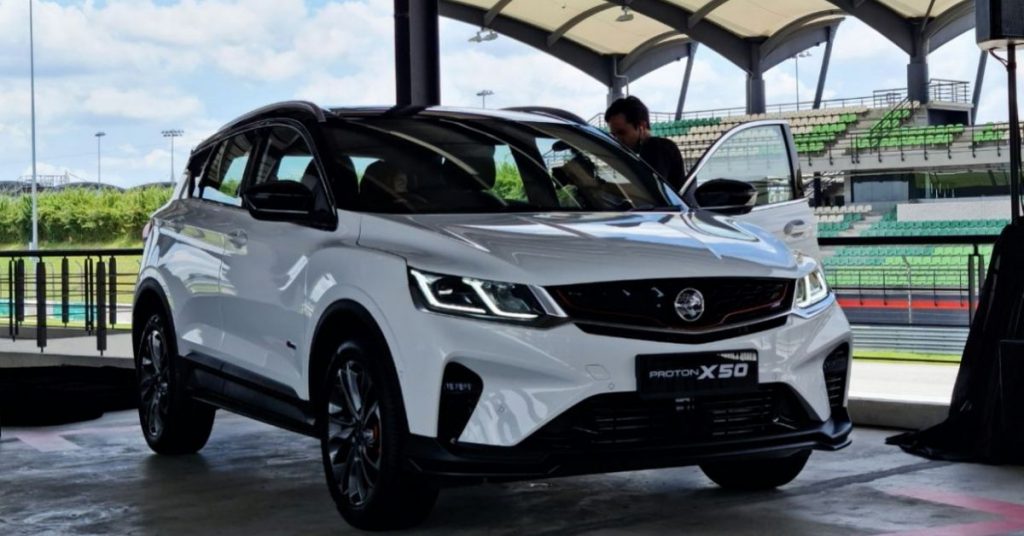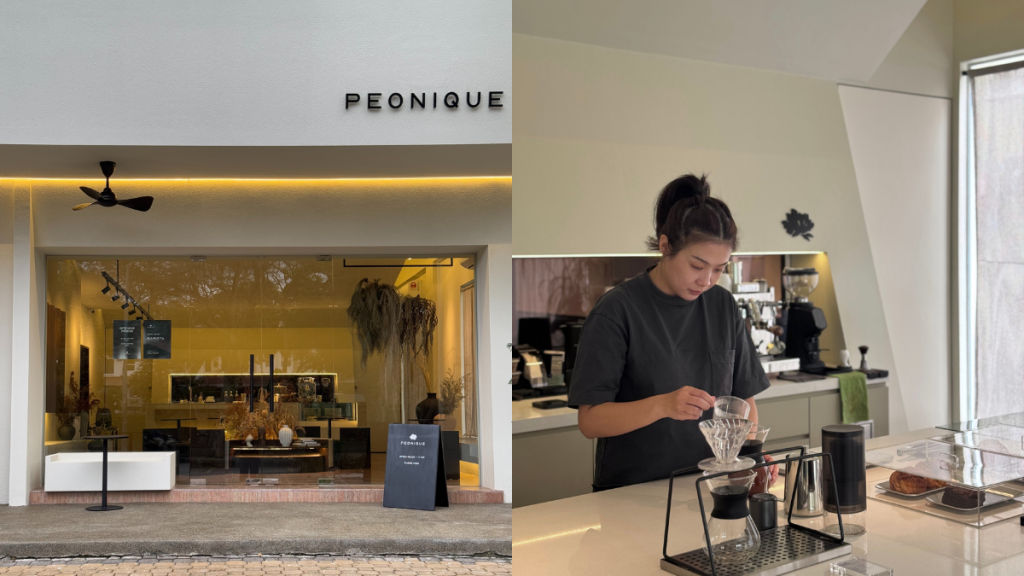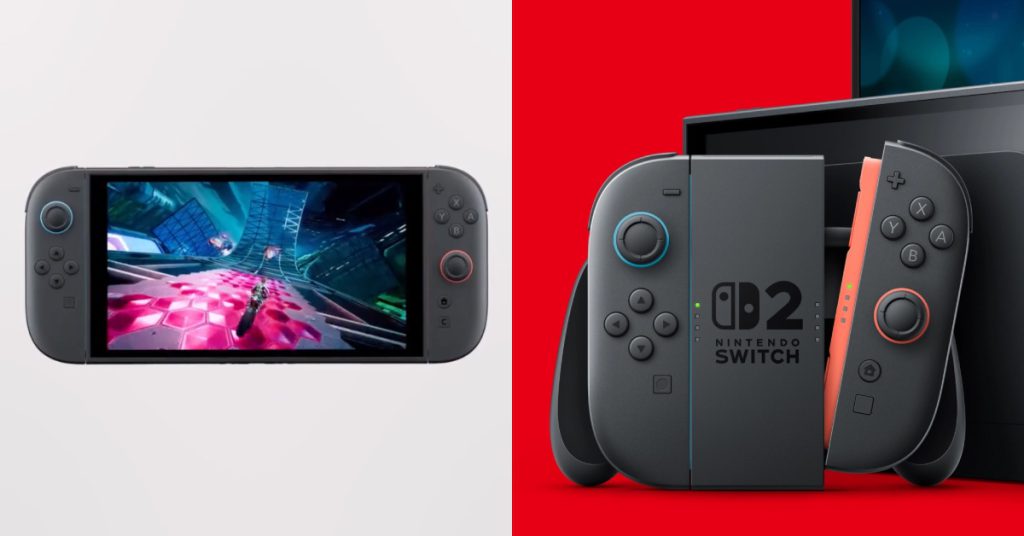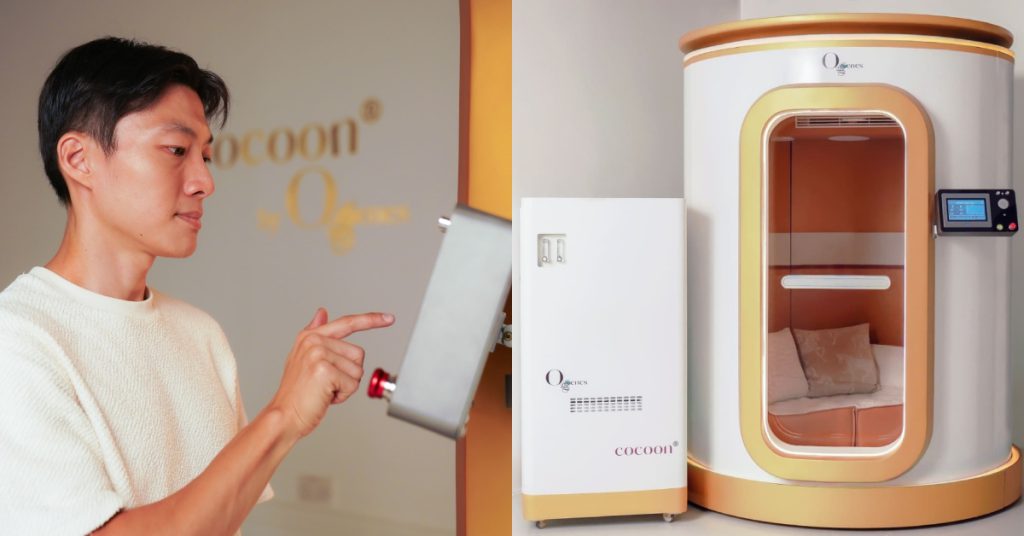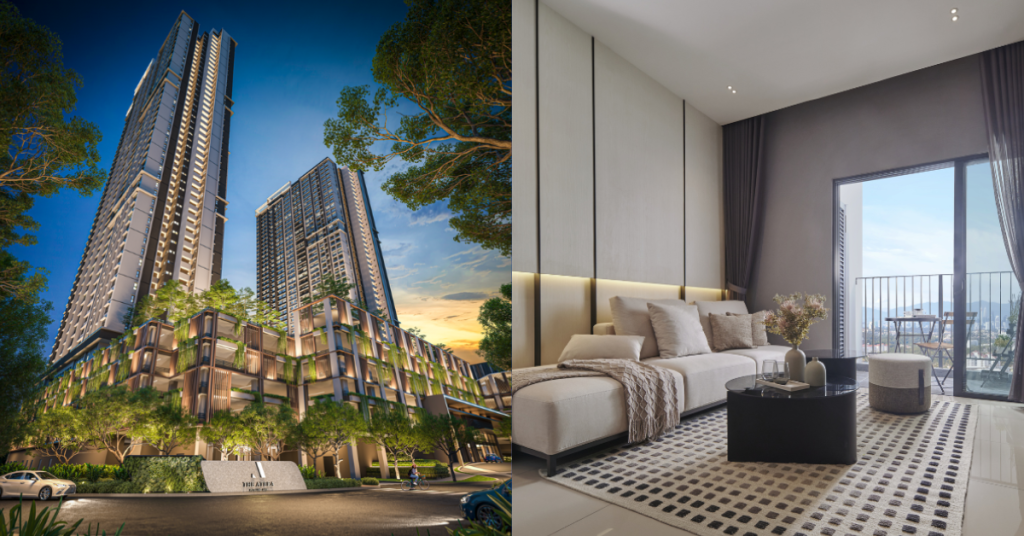The long-awaited Proton X50 SUV has finally been launched on October 27.
Before its launch, Proton Holdings Bhd said that the SUV had already received 20,000 bookings, double the pre-launch bookings their X70 SUV received in 2018.
Proton’s Chairman, Datuk Seri Syed Faisal Albar even predicts that the X50 alone can and will account for an annual purchase value of RM1.8 billion from Proton.
On top of that, it’s able to beat the BMW X1 sDrive 18i in acceleration, its most premium and expensive competitor, in the exclusive media drive aka drag race at the Sepang International Circuit.
These are pretty big statements coming from Proton, and have no doubt caught the attention of many.
Ours too, so we decided to take a look at what it offers.
Very Competitive Pricing Among Other B-Segment SUVs
When it comes to cars, for an average joe like myself, the first thing I’ll look at and compare is definitely the price tags.
Prices for the X50 range depending on its 4 variants:
- Standard – RM79,200
- Executive – RM84,800
- Premium – RM93,200
- Flagship – RM103,000
Its direct and notable competitors are the Honda HR-V and Mazda CX-3.
The HR-V’s 2 variants that are the X50’s competitors are the 1.8E and the 1.8V, which are RM108,000 and RM118,800 respectively.
The CX-3 on the other hand comes in only 1 variant and is priced at RM130,159.
So price-wise, its flagship variant is the cheaper than both the HR-V’s cheapest variant, the 1.8E as well as the CX-3.
But then again, of course, price isn’t everything when it comes to competition.
So, what exactly are we paying for?
Each variant has about 5 upgrades from the variant before, with a price difference of RM5,600 to RM9,800, the biggest difference being the jump from the Premium to the Flagship.
The Safety Features In The Flagship Variant
Here are the specs and their upgrades in the four variants:

Although the Premium to the Flagship has the biggest jump price-wise, I think that it’s justifiable given the features that they add on.
The first three variants’ specs are the ones that I find the least impressive as they’re quite basic, but I find the specs in the Flagship variant outstanding, especially its safety features.

One of the most notable selling points of the X50 is their Level 2 semi-autonomous driving feature, which isn’t present in the HR-V and CX-3.
Dictionary Time: Level 2 semi-autonomous driving doesn’t mean autopilot, but partial automation. The driver is still required to steer, brake or accelerate as needed to maintain safety. However, they are supported by systems like lane centering and adaptive cruise control at the same time.
SAE International
For the Flagship variant, what’s included in the partial automation features are:
- Autonomous emergency braking with pedestrian detection
- Adaptive cruise control with stop and go
- Lane centring and keeping assist
- Auto high beam and blind-spot monitoring
- Door opening warning
All these add-ons are to enable the car to maintain a set distance from a preceding vehicle and stay in the centre of its lane. It works at speeds of up to 150 km/h.

“These features that we add in assist the driver and hence, able to support in minimising human error,” said Hazrin Fazail Haroon, Director of Proton’s group engineering.
Their safety features also landed them a 5-star rating on the ASEAN NCAP, like the HR-V, which just boosts its safety credibility.
Self-Parking Feature
On top of the lane centring and adaptive cruise control, the Flagship variant also has an auto-park assist feature.
Great for those with Kopi-O licenses who can’t park for their life.
For this feature, you actually can take it easy and let the car do the work for you, unlike when you’re on the road.
Their self-parking feature gives the system full and active control over the throttle, brakes, steering and gear selection to aid the driver in maneuvering into a parking space.
It works for both 3-point parking as well as parallel parking.

With this feature, I can just imagine all the stress put to rest whenever I want to grab a bite in Bangsar or Damansara Utama, where parking is usually a pain in the ass.
Although these Level 2 features aren’t new to Malaysia, they aren’t as accessible to everyone in the country, which Proton is trying to turn around.
Some examples of Level 2 are the Volvo XC90/XC60/XC40/S90, Mercedes-Benz S 450 L, Hyundai Ioniq HEV Plus, Honda Odyssey/CR-V/Accord (Honda Sensing).
The range of these cars are between RM115,888 (the Hyundai) to RM699,888 (the Benz).
But if you’re looking at SUVs alone, it would be the Volvo XCs and the Honda CR-V, which are between RM151,100 (the CR-V) to RM373,888 (the XC90).
However, it’s also important to note that the CR-V cannot park itself, so a fair comparison would be with the Volvo XC40.
Despite being the cheapest variant out of the 3 Volvo XCs, it costs RM255,888, which should help you gauge how inaccessible these features are for this price that the X50 Flagship is offering.
Champ Of The Drag Race
In the beginning of the article, I mentioned that the X50 emerged victorious in the drag race that took place at the Sepang International Circuit, which you can watch here.
This race was to test its bold claims of being able to accelerate from 0-100km/h in 7.9 seconds.
The X50 went up against the HR-V, its most common and direct competitor as well the BMW X1 sDrive18i, its most premium and expensive competitor.
While it championed the drag race, its claims of 7.9 seconds were a bit off seeing that it actually achieved the century sprint in 9.8-9.9 seconds.

“The X50 sounds very refined. It doesn’t sound like a 3-cylinder engine at all. There’s none of that washing machine drone noise with this car,” shared Hafriz Shah, an author of Paultan.
For some context, the X50 is offering 1.5L 3-cylinder turbo engines.
Its competitors, the CX-3 and the X1, both have a 1.8L 4-cylinder engine and 1.5L 3-cylinder engine respectively, which makes the powertrain of the X1 much closer to that of the X50’s.
Most cars are usually powered by 4-6 cylinders, but many times when a car is powered only by 3, it usually is to save cost and for fuel efficiency.
You’d likely have experienced a 3-cylinder engine car if you’ve driven a Kancil, Viva or Axia.
Hence, you’d also be familiar with the rough and noisy vibrations from the engine, which usually is a turn-off for most people, including myself.
However, the X50 proved to be the quietest among the three in the race, which was quite unexpected for a 3-cylinder engine car.
-//-
It’s pretty clear in these specs that Proton is trying to indulge us with a car that has these specs which are inaccessible to most of us.
That being said, I still think that the Flagship would be the only one worth investing in particularly for their Level 2 semi-autonomous driving feature, which isn’t cheap for SUVs out there now.
I’m excited for a local brand to be bringing big things into the automobile market in Malaysia right now.
If I had the money and need to get a new car, you’d bet that I’ll be booking one of those Flagships for myself now.
- You can read more about the Proton X50 here.
Featured Image Credit: Imran Ansari



